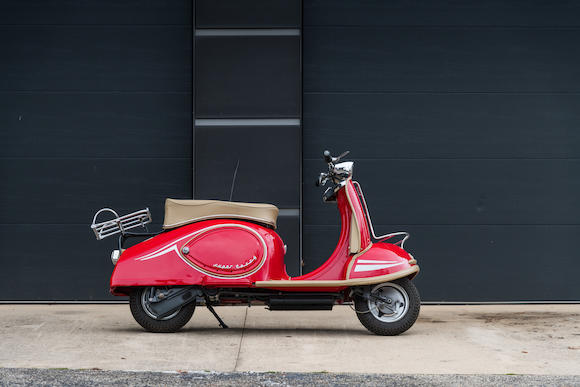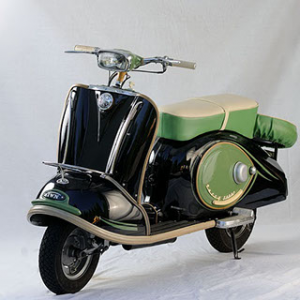- Joined
- Dec 2, 2016
- Messages
- 234
While pulling apart my 1957 T.W.N. (German Triumph) Super Tessy engine that was frozen I damage the cylinder beyond what I think I could bore it out to. So now I am thinking about farming out the sleeve to be machined. But.... If I were to attempt the build what would be the best way to fixture the sleeve so that I could cut, what I believe are exhaust port bevels.
I can post a picture later today.
There was a neat way of mapping out the ports by way of paper and charcol imprints. Then measuring the height, width and location of the ports.
It almost looks like most of the bevels are die ground away on newer builds. I was hoping I could try out my tilting dividing head on my mill, that might over complicate things
I can post a picture later today.
There was a neat way of mapping out the ports by way of paper and charcol imprints. Then measuring the height, width and location of the ports.
It almost looks like most of the bevels are die ground away on newer builds. I was hoping I could try out my tilting dividing head on my mill, that might over complicate things
Last edited:



